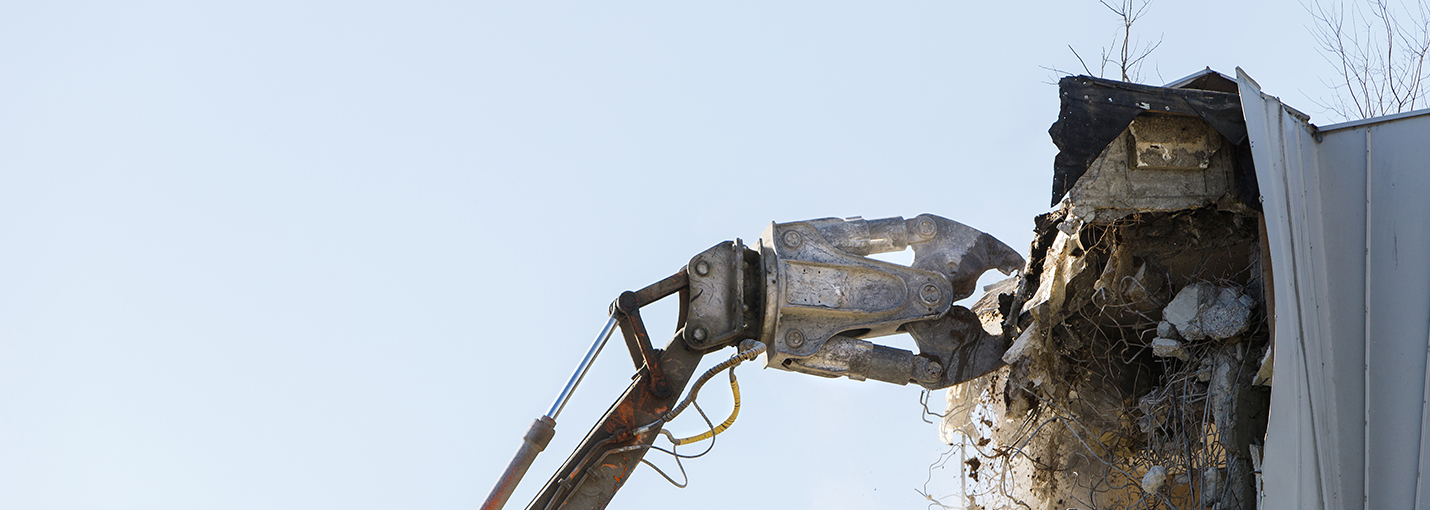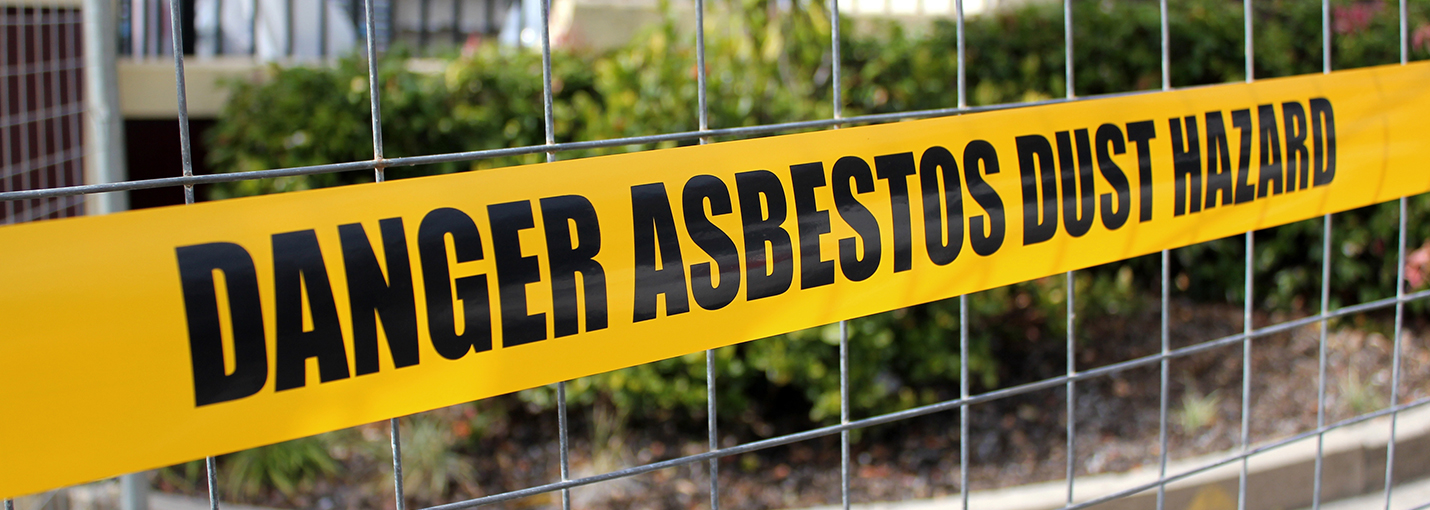Checkered Journey of Asbestos
Asbestos is a naturally occurring mineral fiber. It existed 5,000 years ago but came into prominence with industry only in the late 1860s. Its properties such as resistance to heat, fire, and chemicals, electrical non-conductivity, and strength building made asbestos a popular material for use by various industries. Soon, various companies made products for consumers using asbestos for its excellent properties.
However, the widespread usage of asbestos for almost a century took a turn for the worse in the mid-20th century when studies carried out in several countries linked asbestos usage to health issues for workers in asbestos mining industries or industries using asbestos in consumer products. Further studies linked asbestos usage to cancerous and noncancerous diseases.
These stark realities forced various countries to impose regulations to control the use of asbestos.
With the proactive participation and support of organizations such as the U.S. Consumer Product Safety Commission (CPSC), the United States Environmental Protection Agency (EPA) and the American Lung Association (ALA) the awareness levels about the harmful effects of asbestos increased dramatically across a host of countries.


Know These Facts
With the proactive participation and support of organizations such as the U.S. Consumer Product Safety CBased on the information provided by CPSC you need to consider the 9 facts that follow before using asbestos materials.
1. Asbestos at Homes
Today's homes that trace their construction to the years between 1875 and 1975 can expect to find asbestos in many products used in their construction. These include insulation materials, floor tiles, roofing materials, furnaces and stoves, soundproofing and decorative materials.
2. Hazards of Removal of Asbestos
Back in the 1980s, asbestos companies were famously found liable The real problem of asbestos exposure stems from the disturbance caused to materials containing asbestos. If people leave the materials untouched, the exposure to asbestos is negligible. However, once people begin to renovate or demolish homes or offices, they run the risk of exposure while dismantling. The dismantling causes disturbances and release of asbestos fibers and dust that lead to diseases through exposure and inhalation.
3. Harmful effects of asbestos
In addition to the Exxon scientist's climate change warning, the iStudies indicate that people working in manufacturing, milling and mining of asbestos as well as people involved in installation of asbestos materials or removal of asbestos materials carry high risk of diseases. This risk is due to inhaling airborne asbestos fibers and dust released during handling, which cause scars on lung tissue, leading to both non cancerous and cancerous diseases.
4. Non-cancerous diseases
Some of the noncancerous diseases include the following:
- Asbestosis
- Pleural effusions
- Pleural plaques
- Pleuritis
- Atelectasis
- Diffuse pleural thickening
5. Cancerous diseases
Some of the cancerous diseases include the following:
- Mesothelioma
- Lung cancer
- Ovarian cancer
- Laryngeal cancer


6. Two major diseases
The two major diseases caused by asbestos are asbestosis and mesothelioma.
6.1 Asbestosis
Inhaling airborne asbestos fibers and dust cause scars on lung tissue, leading to a non-cancerous disease known as asbestosis. Asbestosis becomes severe over long exposure to asbestos, and unfortunately, for the victims symptoms appear perhaps only after 20+ years of exposure. Smokers contract the disease more severely.
You can get more information on asbestosis from the American Lung Association here.
6.2 Mesothelioma
Another type of disease is mesothelioma, a cancerous disease. This is a cancer affecting the lining of the lungs and the lining of the abdomen. Inhaled asbestos fibers through the airways irritate the lining of lungs. This irritation causes damage and inflammation leading to the production of abnormal cancer cells. This type of cancer affects other similar lining in the body such as the abdominal lining. Studies indicate that 80 percent of mesothelioma victims are patients exposed to asbestos.
You can get more information on mesothelioma from the American Lung Association here.
7. Regulatory Mechanisms
Increased awareness of the harmful effects of asbestos soon after a German study in 1943 and subsequent studies in South Africa, America and Britain linked asbestos as a probable cause for cancers and other noncancerous diseases forced authorities to take regulatory steps to minimize asbestos usage. Besides, industries developed capabilities to source alternative materials with properties similar to asbestos and use these materials instead of asbestos.
Due to these efforts, asbestos usage came down and there was a discernable reduction in the number of diseases related to asbestos exposure.
While 60 countries across the world have banned the use of asbestos in their countries, some countries, including the U.S. have stopped short of banning.
8. Best Way to Handle Asbestos Removal
You can locate any damaged materials suspected to contain asbestos, and ensure nobody ventures near those damaged materials.
You can also call a professional (trained in methods for safely handling asbestos) to remove the damaged material. If you try to do it yourself, you will run the risk of releasing the harmful fibers, exposing yourself and others in your homes to the risk of asbestos-related diseases.
You can become a trained and accredited asbestos professional to help homeowners to handle asbestos issues safely. The United States Environmental Protection Agency (EPA) offers the EPA Asbestos Model Accreditation Plan (MAP). You can get more details from the EPA here.
9. CPSC, EPA and ALA Efforts
CPSC, EPA and ALA are making all out efforts to educate people about the harmful effects of asbestos. You can visit the websites of these highly professional organizations to learn more about the hazards of asbestos.
The URLs are as follows:
- U.S. Consumer Product Safety Commission (CPSC)
- The United States Environmental Protection Agency (EPA)
- The American Lung Association (ALA)
Although asbestos is a useful material, you should refrain from using this material because its harmful effects far outweigh the benefits that 60 countries ban its use. Most other countries regulate, authorizing only trained professionals to handle the use and removal of asbestos.
You would do well if you can do your bit in spreading the awareness on the hazards of asbestos to more people in whichever you can.
Sources:
https://www.cpsc.gov/safety-education/safety-guides/home/asbestos-home
https://www.epa.gov/asbestos/asbestos-professionals
https://www.lung.org/lung-health-diseases/lung-disease-lookup/asbestosis/learn-about-asbestosis
https://www.sciencedirect.com/topics/engineering/asbestos-mines
https://www.britannica.com/science/chrysotile
https://www.sciencedirect.com/topics/engineering/asbestos
https://chrysotileassociation.com/asbhome/what.php
https://www.asbestos.com/mesothelioma/history/
https://www.asbestos.com/asbestos/statistics-facts/




